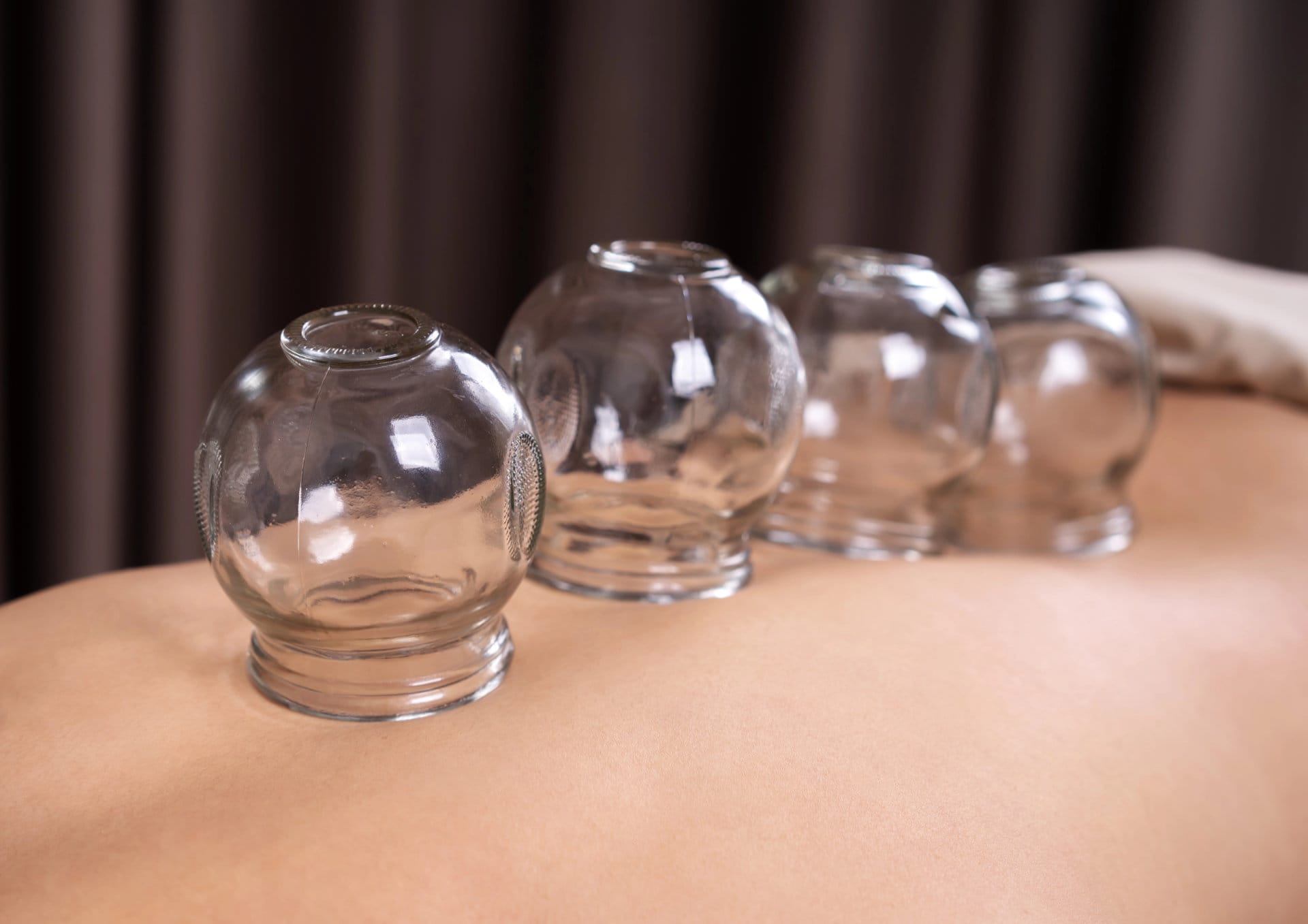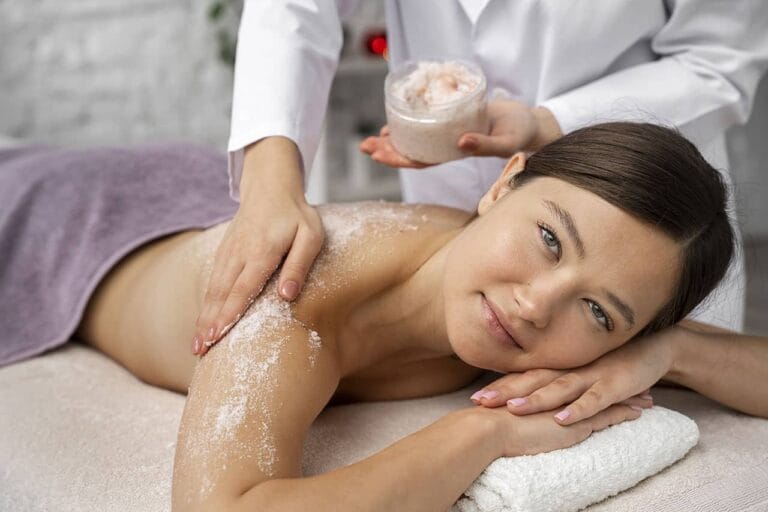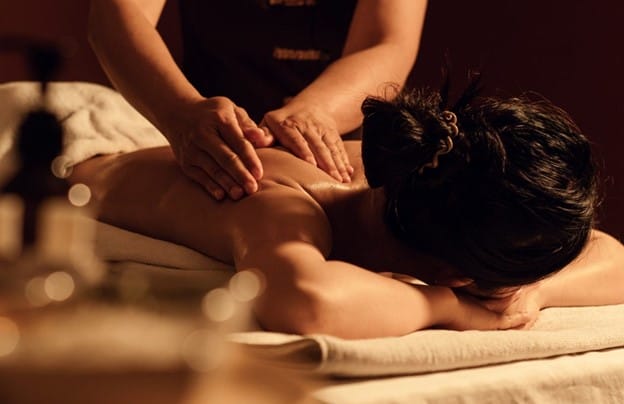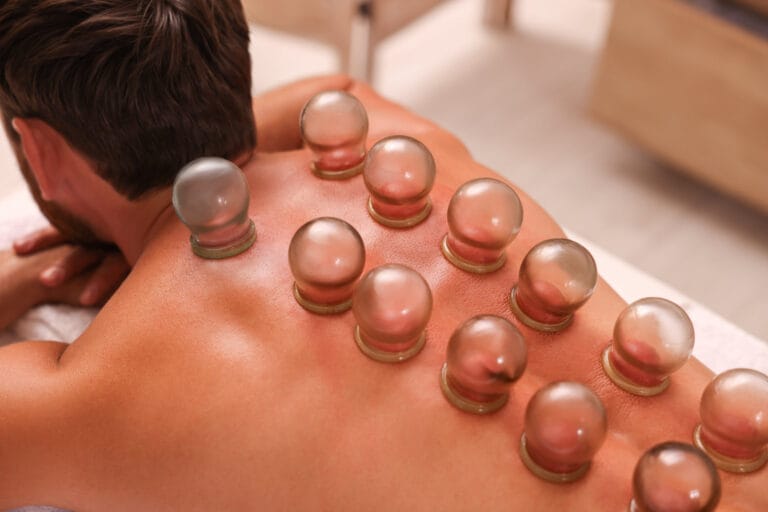A Quick Guide to Cupping Therapy
In the holistic health world, there are always new therapies coming in and out of style. Your friends have raved about cycling, cold water plunges, juice cleanses, and other ways they try to stay healthy.
One trend you may have heard about is cupping therapy. However, the truth is that cupping therapy is not a trend. It’s an ancient holistic medicine practice. At The Self Centre, a top-tier Edmonton massage therapy clinic, we believe in the power of cupping.
In this guide, we’re going to break down what cupping therapy is, how it works, and why it’s here to stay.
What Is Cupping Therapy?
Cupping is an ancient holistic medicine practice where a practitioner places glass or silicone cups on various parts of your body to create a suction. The cups are left for about 10 minutes before being removed.
What Is the History of Cupping Therapy?
The origins of cupping therapy are not entirely certain, but some anthropologists have seen recordings of its usage dating back to 3,000-3,500 years ago. It was in 280-340 AD that cupping was mentioned for the first time in medical literature by Taoist scholar Ge Hong.
The Greek physician Hippocrates, who was known as “the father of medicine,” was also a fan of this therapy.
Modern Day Cupping Therapy Is Here to Stay
As holistic health care has gained popularity over the past two decades, you can find cupping in numerous health care settings. These spaces include Massage Therapy clinics, Acupuncture clinics,chiropractic offices, manual osteopathy practices, occupational therapy, nursing, aesthetics, various movement modalities, and more.
The global complementary and alternative medicine market is expected to expand at a growth rate of 22% from 2021 to 2028. That means it is safe to say that cupping will be the new norm by the midway point of this decade.
Even if you’ve never tried this type of therapy yourself, chances are that you know multiple people who love it.
The Science Behind Cupping Therapy
The science behind cupping is based on the terms negative pressure and suction. The idea is to promote a lifting effect on the body’s tissue in order to create a parasympathetic response in the affected area.
The process promotes relaxation of the muscles and connective tissue and flushes toxins out while increasing blood and lymph flow. It also breaks up any stagnation found deep in the tissue, such as knots, calcium deposits, and fascial adhesions.
Patients typically seek out cupping therapy for the frustrating aches and pains that they are experiencing.
Compression vs. Decompression: The Difference Between Cupping and Massage Therapies
Cupping can be used as a stand-alone therapy or it can be combined with other bodywork treatments such as massage and acupuncture. However, you can think about cupping therapy as the complete opposite of massage. Cupping decompresses the tissue to get a release, while massage therapy compresses the tissue.
Both do the job to relax your muscles and flush out toxins, so it’s just the application that differs. At The Self Centre, we love to combine cupping and massage therapy for great results.
How Cupping Therapy Works
Traditionally, glass cups were heated to promote a negative pressure effect that, when placed on the tissue, would suction the local area. There are mainly two types of cupping: static cupping and dynamic cupping.
With static cupping, the cups stay in one area for up to ten minutes. Then there’s dynamic cupping where either the cup continuously moves or the client moves a certain body part that is being cupped.
Many cupping modalities have now started using silicone cups that don’t require the need for heat like traditional cupping. Both glass and silicone cups get great results.
Who Can Benefit From Cupping Therapy?
As with most holistic and alternative therapies, cupping is safe for all ages and types. Whether you’re a weekend warrior, an occasional gym-goer, or a professional athlete, cupping therapy can work for you.
Clients who work office jobs and experience stiff muscles while sitting at their desks all day also report great benefits from cupping. Patients love this therapy because it provides quick results in short sessions.
Cupping therapy can help with the following:
- Muscle pain and tension
- Tight fascia
- Improves Circulation
- Structural issues
Cupping marks have been endorsed by the likes of scholars, doctors, athletes, and even musicians. In fact, you’ve probably seen cupping marks on your favourite Olympic athletes. Speaking of the marks, let’s talk about bruising from cupping therapy.
Are Cupping Bruises a Good Thing?
Many people believe that the use of cupping promotes bruising because of the marks a cup can leave on the body. The trust is that these marks are not classified as a bruise because a bruise is caused by trauma to the tissue.
Cupping does not traumatize the tissue at all. The marks one might see is a representation of the fluid that sits beneath the surface of the skin. This liquid is usually a combination of cellular waste, lymph, and blood.
The darker the mark, the more cellular waste and stagnated blood and lymph are in that area. That means that the marks are actually a good thing. Plus, they are not painful and they go away after about a week.
Try Cupping Therapy at The Self Centre today
Are you convinced that cupping therapy is right for you? At The Self Centre, we offer amazing Edmonton massage options, cupping, spa treatments, and manual osteopathic treatments.
Our goal is to help you feel better, and we’ve been proudly serving the Edmonton community since 2004. With direct billing for massage therapy, we make it easy to get the care you need.
If you’re ready to feel like yourself again, contact us to book an appointment for a massage and cupping therapy today. For more holistic health info and resources, check out our other blogs.








